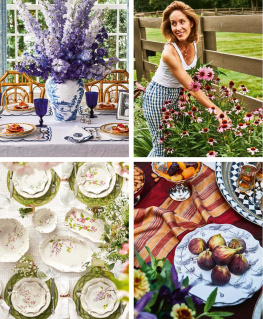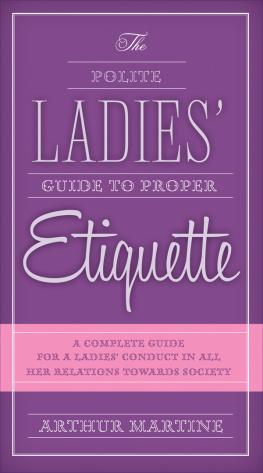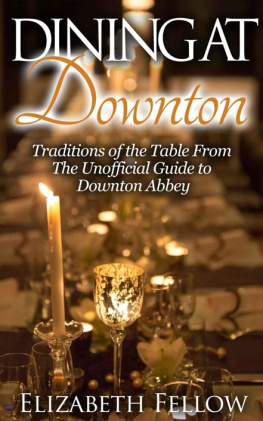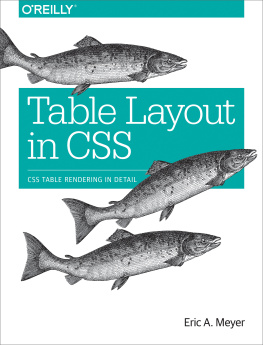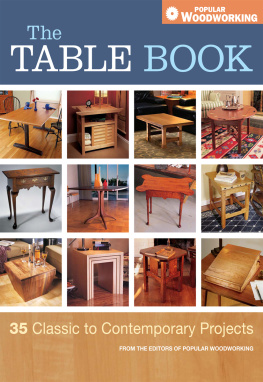Suzanne Von Drachenfels - The Art of the Table
Here you can read online Suzanne Von Drachenfels - The Art of the Table full text of the book (entire story) in english for free. Download pdf and epub, get meaning, cover and reviews about this ebook. genre: Home and family. Description of the work, (preface) as well as reviews are available. Best literature library LitArk.com created for fans of good reading and offers a wide selection of genres:
Romance novel
Science fiction
Adventure
Detective
Science
History
Home and family
Prose
Art
Politics
Computer
Non-fiction
Religion
Business
Children
Humor
Choose a favorite category and find really read worthwhile books. Enjoy immersion in the world of imagination, feel the emotions of the characters or learn something new for yourself, make an fascinating discovery.

- Book:The Art of the Table
- Author:
- Genre:
- Rating:5 / 5
- Favourites:Add to favourites
- Your mark:
The Art of the Table: summary, description and annotation
We offer to read an annotation, description, summary or preface (depends on what the author of the book "The Art of the Table" wrote himself). If you haven't found the necessary information about the book — write in the comments, we will try to find it.
Do you know how to set the table? Worry about your dinner manners? Finally, with The Art of the Table, Suzanne von Drachenfels comes to the rescue with a truly comprehensive guide to the correct use of tableware and confidence-building information about proper dining etiquette. Von Drachenfels, a former Tabletop Consultant for dinnerware makers Fitz & Floyd, defines the vocabulary of tableware and explains the selection, use, and care of dinnerware, flatware, stemware, and table linens. She expertly details the basic service techniques for all types of entertainment, and even includes advice on menu planning. Learn how to read the labels of wine bottles or how to filet a fish at the table; learn where and when to sit down and the proper way to eat finger foods.
Spicing up the how-to text are fascinating tidbits of social and culinary history. Who knew, for instance, that the first napkin was a lump of dough or that ancient Egyptian feasts often concluded with a coffin laid out with an imitation skeleton to remind diners to appreciate the bounteous gifts of life? The author reveals the origins of everyday expressions--such as eating humble pie--and covers the history of table manners to shed light on the commonsense reasons behind todays customs. Food service professionals--restaurateurs, service staff, and caterers--will find the book an indispensable guide to the correct way to set a table and present food, but anyone who has a need or yearning to know the nitty-gritty of table setting, table manners, and tableware will be sure to find answers to all of their questions and more in this exhaustive reference book. --Robin Donovan
469 pagesPublished November 18th 2012
Amazon.com ReviewDo you know how to set the table? Worry about your dinner manners? Finally, with The Art of the Table, Suzanne von Drachenfels comes to the rescue with a truly comprehensive guide to the correct use of tableware and confidence-building information about proper dining etiquette. Von Drachenfels, a former Tabletop Consultant for dinnerware makers Fitz & Floyd, defines the vocabulary of tableware and explains the selection, use, and care of dinnerware, flatware, stemware, and table linens. She expertly details the basic service techniques for all types of entertainment, and even includes advice on menu planning. Learn how to read the labels of wine bottles or how to filet a fish at the table; learn where and when to sit down and the proper way to eat finger foods.
Spicing up the how-to text are fascinating tidbits of social and culinary history. Who knew, for instance, that the first napkin was a lump of dough or that ancient Egyptian feasts often concluded with a coffin laid out with an imitation skeleton to remind diners to appreciate the bounteous gifts of life? The author reveals the origins of everyday expressions--such as eating humble pie--and covers the history of table manners to shed light on the commonsense reasons behind todays customs. Food service professionals--restaurateurs, service staff, and caterers--will find the book an indispensable guide to the correct way to set a table and present food, but anyone who has a need or yearning to know the nitty-gritty of table setting, table manners, and tableware will be sure to find answers to all of their questions and more in this exhaustive reference book. --Robin Donovan
Suzanne Von Drachenfels: author's other books
Who wrote The Art of the Table? Find out the surname, the name of the author of the book and a list of all author's works by series.


